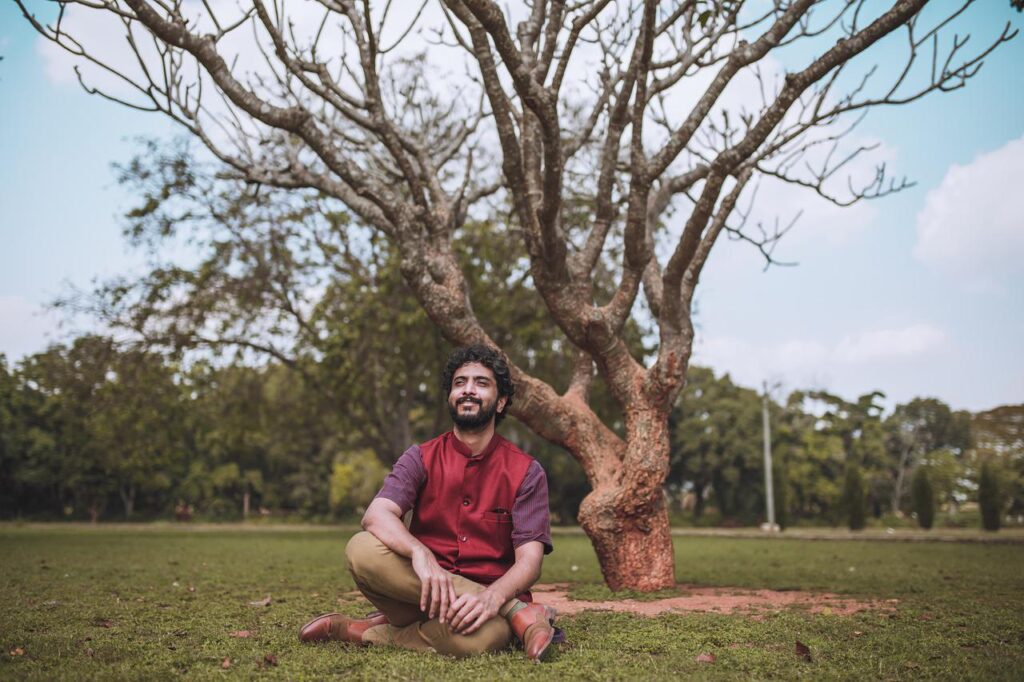This is the first part of the essay I wrote for the final assignment of my 200 Hr Hatha Yoga Teacher Training. It arose following the Black Lives Matter protests during lockdown in the summer of 2020. I chose the topic so I could educate myself on the issues of inequity from a yogic perspective, and offer some guidance for fellow practitioners seeking to yoke together rather than dividing societies and cultures.
I hope you find some of the following content useful! And if you like what you read, then do check out my other posts!
A brief history of yoga
To begin, it’s worth understanding the context in which we find ourselves. Many believe India is the home of yoga, and that spirituality in the West emerged from this sacred hub. However, upon investigation, this may not be so clear cut. There is evidence that yoga has roots in many cultures, pre-dating India, from Mexico, South America and parts of Europe (Uma Dinsmore-Tuli, 2014) and even Egypt (gaia.com). What we learn from this is that across space and time we were drawing similar conclusions about spirituality, and we were sharing similar experiences the world over. In Egypt for example, a near identical image of Kundalini was found in the tomb of King Tut (gaia.com). Among the many yogic hieroglyphics found was a Sun Disk atop the head of a person sat in a yoga posture, with two serpents on each side representing Ida and Pingala. The person/deity is called Heh or Shu and is associated with life energy (prana). They are seated on a platform that means Nub – an ancient Egyptian word of gold, a metaphor for supreme consciousness – and the inscriptions refer to eternity and the achievement of immortality (moksha).
Although there are many crossovers, one key difference between Indian yoga and Kemet yoga (yoga of Egypt) is Kemet yoga’s connection to ancestors. For them, meditation, prayer and ritual are actively connected to the spirits of our ancestors. “The purpose of meditation is [thus] not only to transcend the boundaries of the material world but also to connect and communicate with the living spirits of those who have gone before us,” (gaia.com).
So, if yoga has many lineages, why has Indian yoga become the practice of choice for the West? According to Manuel and Forstarter, a lot of it has to do with colonialism: “The British involvement in India led to an evolutionary reform of Indian culture and religion that brought the first influential yogi to the West in 1893,” they write.
When the British first arrived, they were far from hospitable: “The attitude of the largely Eurocentric and racist British officers towards India was similar to their view of Africa, which they regarded as a place of more or less decadent savages who had repellent customs, no civilisation or culture to speak of, and whose Hindu religion was a disgusting polytheistic heathen mixture of cow and monkey worship and bloodthirsty and many-limbed gods.” Out of fear, Indian culture was othered. Manuel and Forstarter go on to add that the “uptight and sexually repressed British were shocked at the Indians’ easy-going attitude to nudity and eroticism”.
However, in time, as the British started to learn more about the Indian culture, they grew to realise there were aspects of their culture that untied them. Polymath William Jones found a striking resemblance of Sanskrit to Greek and Latin, which led him to devise a theoretical common-sense language called Aryan: later called Indo-European. “It demonstrated a common ethnicity between the British rulers and their Northern Indian subjects, which must have made some of the Empire builders uncomfortable,” writes Manuel and Forstarter.
And “perhaps one of the most fascinating consequences of the 200-year long rule was the effect the discovery of India’s ancient civilisation had on the British,” explains Manuel and Forstarter. The British had assumed India to be a relatively new society until, in 1785, the first Sanskrit text was translated into English – the infamous Bhagavad Gita. “This work… had a disarming effect on the Empire builders,” claim Manuel and Forstater. Notably, it was the portrayal of a single loving god, rather than multiple bloodthirsty gods, that won the hearts of the Christian imperialists. In fact, their realisation that they may in fact have something in common with Indians led them to revise their opinion of Hinduism and led to a lifelong fascination in this spiritual civilisation that still persists today.
The West’s fascination for Indian spirituality continued to grow as Westerners travelled to South-East Asia in search of enlightenment, particularly throughout the 70s until today during the age of globalisation, bringing back knowledge and traditions that have filtered through into Western society.
Today, Western yogis largely practice from an Indian lens. All well and fine, however it does make me think: what if we gave some space to learn about the other schools of yogic thought from different cultures? Could a pluralistic view be of benefit to diversifying a largely white, woman dominated sector, with a certain socio-economic status?

